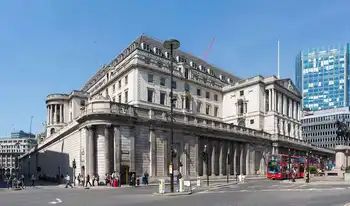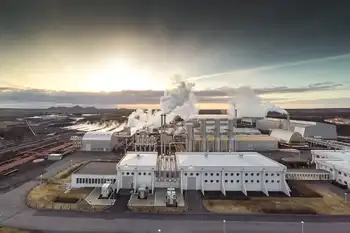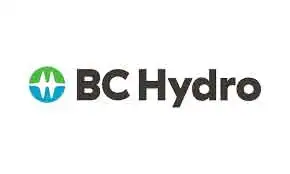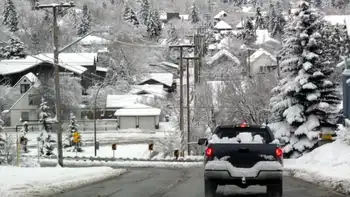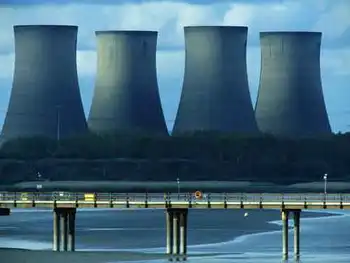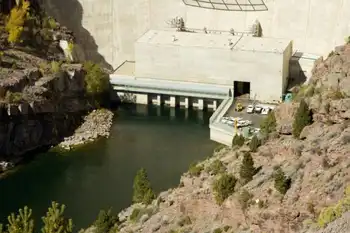EU seeks new gas and wind to boost energy security
By Reuters
Arc Flash Training CSA Z462 - Electrical Safety Essentials
Our customized live online or in‑person group training can be delivered to your staff at your location.

- Live Online
- 6 hours Instructor-led
- Group Training Available
"We must break the vicious circle of increasing energy consumption and increasing imports," said European Commission President Jose Manuel Barroso. "We must shield EU citizens from the risk external suppliers can not honor their commitments."
The 27-nation bloc is seeking to prevent its reliance on Russian gas growing after pricing disputes between Russia and transit states disrupted supplies in recent years and Russia's invasion of Georgia in August stoked tensions with the west.
Barroso said he hoped the summit between the EU and Russia in Nice would shed light on Moscow's vision of future energy relations with the EU.
The Commission's Strategic Energy Review outlined future plans for a giant North Sea windfarm linked by undersea cables to help power northern Europe.
It included new proposals to overhaul 40-year-old laws on emergency oil stocks, to strengthen the response to gas crises and to encourage efficient vehicle tires aimed at cutting petrol consumption.
It also included adaptations to existing laws and pledges to seek more gas from Azerbaijan and Turkmenistan and to create a new consortium for buying Caspian gas.
The Commission laid out a long-term vision in which national gas and power networks would be replaced by a pan-European grid, linking thousands of small, renewable energy sources, needing around 1.2 trillion euros ($1.5 billion) of investment by 2030.
The European power grid would also be powered from the north by linked windfarms in the North Sea and from the south by a Mediterranean Ring tapping into North Africa's huge solar power resources.
"Thousands upon thousands of wind turbines, spread across hundreds of miles, could feed into the supergrid," said Greenpeace campaigner Robin Oakley.
"This would mean that a dip in power in one area could be balanced by higher production in another — making wind power even more reliable," he added. The cost of the project is estimated at $30 billion.
But the backbone of EU energy security would come from boosting energy efficiency and existing plans to cut EU carbon dioxide emissions by a fifth by 2020 in the fight against climate change, said Energy Commissioner Andris Piebalgs.
"We have to do more, be more ambitious, and be even bolder to avoid the risk of energy disruption in the future," he added.
But environmental pressure group WWF described the review as an unambitious "Christmas tree of actions," and criticized it for not bringing in mandatory energy efficiency targets.
"Europe's buildings account for 40 percent of EU final energy use," said WWF campaigner Mariangiola Fabbri. "We need to shift buildings from being energy wasters to climate savers."
The review did include plans to tweak construction rules for buildings. Additional moves to cut wasted energy from household boilers, electronic appliances and car tires could save EU families around 1,000 euros a year, the Commission said.
EU plans to curb energy consumption are already worrying producers, who see future oil and gas revenues drying up, said Susanne Nies at France's IFRI think tank.
"Talks between Iran and Russia about creating a gas OPEC are a clear reaction to that," she said. "Producers are very worried about security of consumption."





